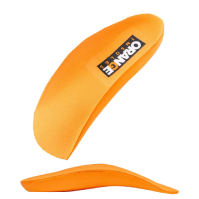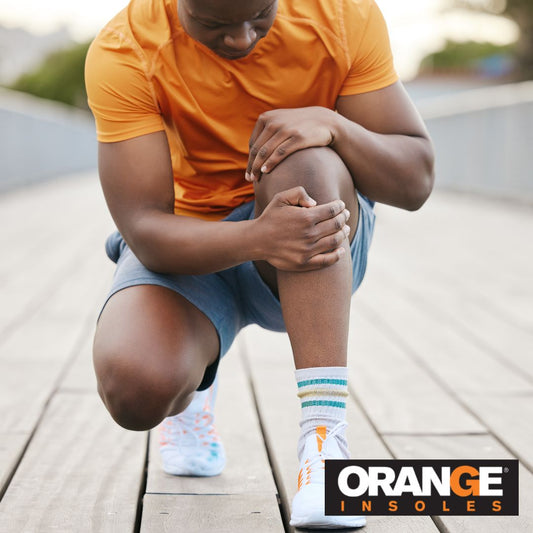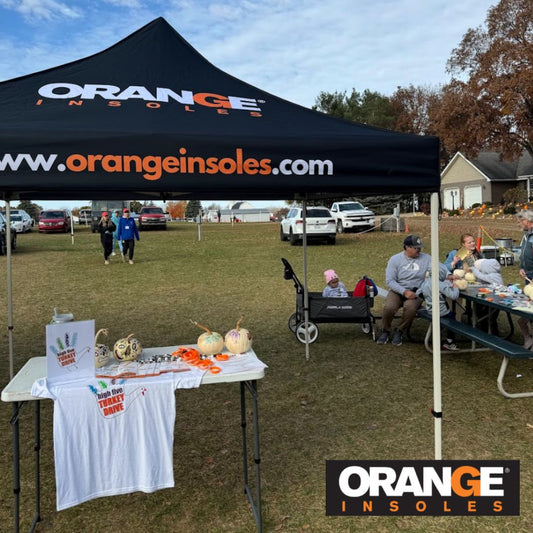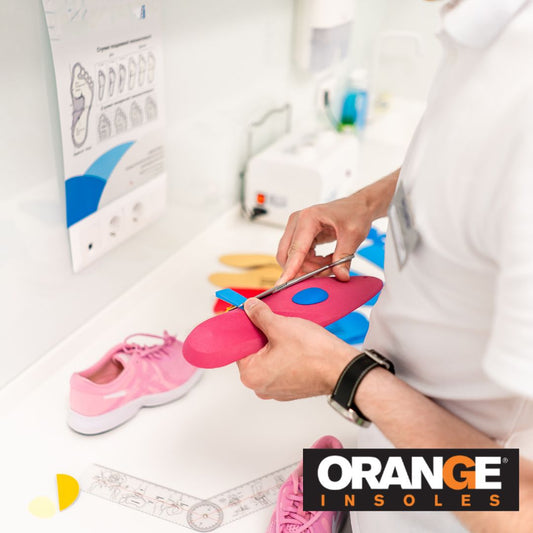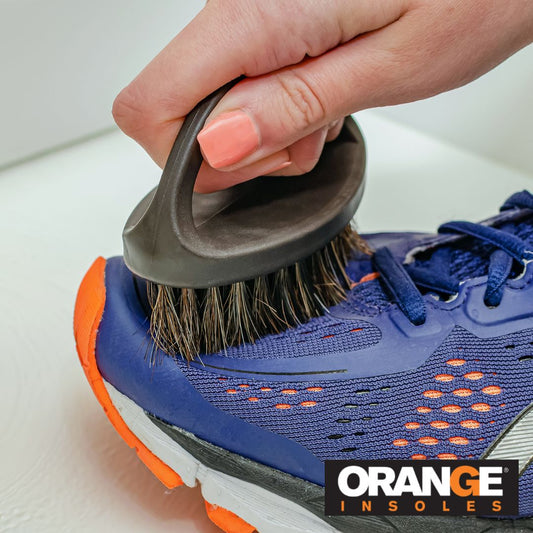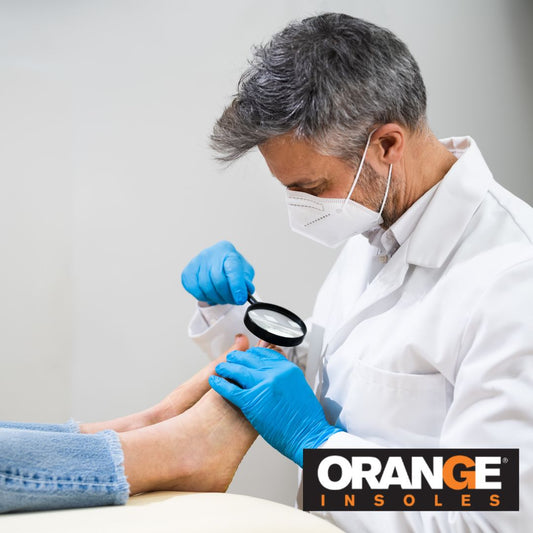If you notice you have one leg longer than the other, you might have a leg length discrepancy (LLD).
There are actually two types of LLD, one you can do something about and one you probably can’t.
Structural: There is an actual, physical difference between the same bones in each limb. For example, a femur or other specific bone may actually be shorter in one leg than in the other. This might be something you are born with or can result from an accident. If this is the case, there really isn’t much you can do to “fix” the discrepancy.
Functional: Here, the bones are equal in length but other factors like muscle imbalance, muscle tightness, or misalignment may be creating a discrepancy. If you are experiencing this type of imbalance, stretches and exercises can help correct it. As an example, if you have a tight psoas you might be pulling a hip up.
If you do have a tight psoas, try this fix!
Leg length discrepancy (LLD) can result in muscle imbalances and altered movement patterns, which may lead to pain and dysfunction in the lower extremities. Strengthening the affected muscles can help improve alignment and balance.
Exercises for Leg Length Discrepancy
Lunges: Lunges can help strengthen the hip, thigh, and calf muscles. Make sure to keep your knees aligned and avoid overstretching the shorter leg.
Step-ups: Step-ups can help strengthen the muscles on both sides of the body, while also working on balance and coordination. Start with a low step and gradually increase the height.
Single-leg squats: Single-leg squats can help strengthen the hip, thigh, and calf muscles while also improving balance and alignment. It can be difficult so start with a shallow squat and gradually increase the depth as you improve.
Pelvic tilt exercises: Pelvic tilt exercises can help improve alignment and balance between the legs. Lie on your back with your knees bent and your feet flat on the floor. Slowly tilt your pelvis up and down, focusing on keeping both legs evenly weighted.
Regular stretching and exercise can help strengthen and rebalance muscles but overall, LLD is nothing to worry about. If you experience pain, a limp, or altered gait, you may want to check with your doctor to see if there is a specific area you should be focused on. You can also add insoles to your shoes to help fix you alignment and bring everything back into place.


